Gartner’s Magic Quadrant For WAN Edge Infrastructure: Cisco Makes A Comeback
The 2020 report saw Cisco bounce back in the leadership quadrant and four more players up their SD-WAN games enough to be named leaders. Here are the vendors that made the cut.

In the past three years that Gartner has been publishing the Magic Quadrant for WAN Edge Infrastructure, the report has been whittled down from 20 providers to 17 as acquisitions and strategy changes continue to shape the evolving SD-WAN market. But the remaining 17 vendors are maturing their SD-WAN offerings with the addition of security, analytics, and even managed solutions. So much so, that this year‘s report contains four new leaders that have joined the existing two players that have spent the last three years in the leader’s circle.
Gartner defines the wide-area network (WAN) edge infrastructure market as WAN edge products that provide network connectivity from distributed enterprise locations to access resources in private and public data centers, as well as infrastructure as a service and software as a service. The 2020 Magic Quadrant for WAN Edge Infrastructure report features six leaders, two challengers, seven niche players and two visionaries. This year‘s report dropped three providers, including Aryaka and Oracle, which Gartner said didn’t meet inclusion criteria this time around. Palo Alto, which acquired CloudGenix, a visionary in last‘s year’s report -- was added as a leader to the 2020 report.
Click through to see which vendors made the cut for Gartner‘s 2020 Magic Quadrant for WAN Edge Infrastructure.
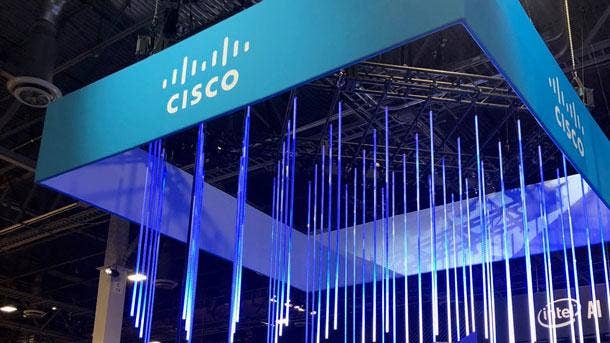
Leader: Cisco
Cisco Systems, a leader in the first WAN Edge Infrastructure report in 2018, fell into the challenger quadrant last year. However, the networking giant returned to the leadership position this year thanks to its solid roadmap and plans to deliver increased security capabilities in an integrated fashion, driving toward a secure access service edge (SASE) architecture. However, the vendor‘s SD-WAN portfolio still includes separate pieces, which don’t aren’t fully integrated at the software or hardware layer, Gartner said.
San Jose, Calif.-based Cisco is providing its flagship SD-WAN offering through its Viptela business, as well as an offering powered by Meraki appliances for leaner IT organizations.

Leader: Fortinet
Last year a challenger and this year a leader, network security powerhouse Fortinet is coming to the market with Fortinet Secure SD-WAN, which includes FortiGate hardware and virtual appliances with accompanying networking and security (FortiGuard) software managed by the orchestrator in FortiManager.
The Sunnyvale, Calif.-based company has one of the most capable security solutions in Gartner‘s research. Combined with SD-WAN functionality, it creates a compelling offering for enterprises, Gartner said.
Despite its strengths, Fortinet is primarily viewed by the market as a security vendor and doesn‘t have as much experience in complex architectures compared to other SD-WAN competitors. The vendor was also late to market with cloud security and primarily focuses on branch security, Gartner found.

Leader: Palo Alto Networks/CloudGenix
Platform security vendor Palo Alto Networks, a newcomer to the quadrant, joined the fray this year after acquiring San Jose, Calif.-based SD-WAN startup CloudGenix for $420 million in March.
The SD-WAN and security-focused company now has one of the more complete SASE offerings when fully integrated with CloudGenix technology. The company also has one of the best visualization capabilities compared to other vendors on the report, Gartner said. However, the company still has limited capabilities in terms of application performance optimization, specifically with WAN optimization, Gartner found.
Palo Alto in September revealed two new SD-WAN appliances: The CloudGenix ION 1000 for retail and small offices/home offices; and the CloudGenix ION 9000 for large campus locations.

Leader: Silver Peak Networks
Three-time leader Silver Peak has been ahead of the SD-WAN game because it hit the market ahead of other major SD-WAN vendors. As such, the vendor has strong depth and breadth of optimization features, including WAN optimization, SaaS acceleration and voice optimization, Gartner said. While the vendor has limited native security capabilities, Silver Peak today has partnerships with key security vendors, including Check Point Software Technologies, Fortinet, Palo Alto Networks and Zscaler.
Aruba Networks, an HPE company, announced its intent to acquire Santa Clara, Calif.-based Silver Peak in July and closed the $925 million deal in September.
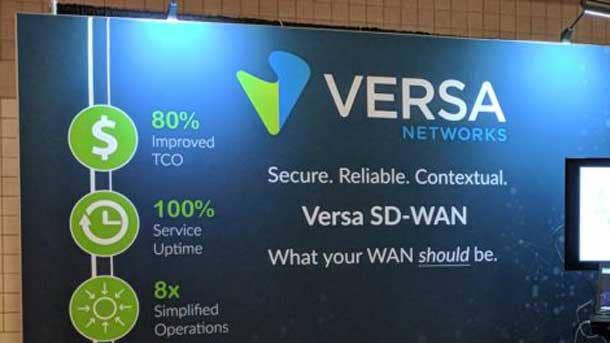
Leader: Versa Networks
Versa Networks went from visionary for the past two years to leader in 2020, thanks to its strong focus on combining SD-WAN with other branch networking functions, including routing and security.
Privately held Versa has two offerings: its full-featured VOS (formerly FlexVNF), which can be delivered on the Versa branch Cloud Services Gateways (CSG) or third-party hardware, along with the Versa Director and Versa Analytics. The second offering is Versa Titan, which is a simpler, cloud-based solution for SMBs. Gartner said it expects Versa to make future investments in SASE, multi-cloud fabric and campus SD-LAN.
Versa, a smaller player in the market compared to some of the incumbent networking players, is at risk of becoming spread too thin and defocused, which could affect code quality and customer support, especially as market consolidation impacts this market and Versa feels the pressure, Gartner said.
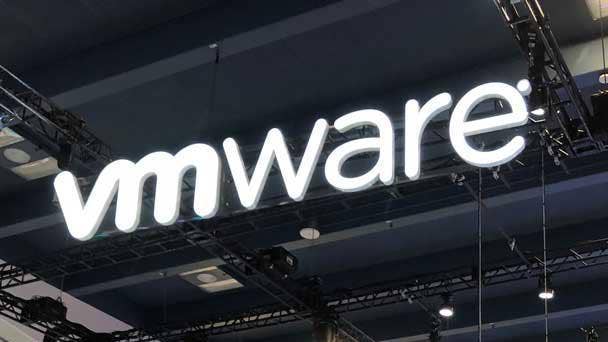
Leader: VMware
A leader for the third year running, VMware's acquisition of top SD-WAN player VeloCloud and resulting VMware SD-WAN powered by VeloCloud offering has made it tough to beat, according to Gartner.
The Palo Alto, Calif.-based company is offering solid products, a sizable installed base of SD-WAN customers and a massive global channel, according to Gartner. VMware‘s roadmap highlights plans to bump up the security and analytics features that customers are asking for. However, the vendor currently has limited native security capabilities built into its offerings, Gartner found.

Challenger: Citrix Systems
Desktop virtualization leader Citrix kept its spot in the Challenger quadrant with its flagship SD-WAN appliances that come in physical, virtual and cloud form factors and can be managed via the Citrix SD-WAN Orchestrator.
Fort Lauderdale, Fla.-based Citrix’s offering is cloud-managed and includes solid SD-WAN, application performance optimization, cloud features and security. However, Gartner noted that many enterprises don’t see Citrix as a network vendor, which could stand in the way of future growth. Citrix also has limited go-to-market channels, Gartner warned.
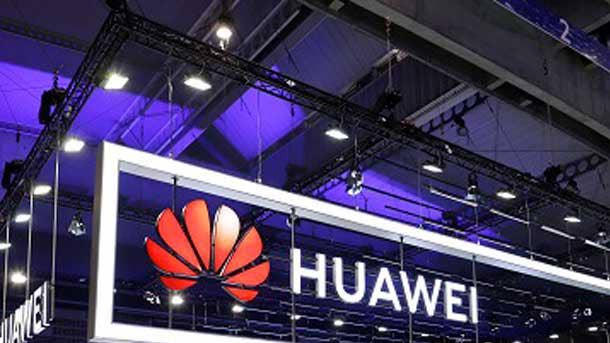
Challenger: Huawei
Shenzhen, China-based telecom and networking heavyweight Huawei is addressing the WAN edge market with its CloudWAN, NetEngine AR series of routers, and HiSecEngine USG series gateways.
A dominant vendor in China, Huawei has experience and proven scale with extremely large deployments and its broad portfolio in APAC but has very little presence in North America. Gartner also said that Huawei‘s geographic limitations stifled cloud-based orchestration and the company has been late in addressing key public cloud services integration requirements globally.
Huawei‘s well-balanced, scalable WAN edge product has expanding 5G capabilities to support various industry use cases, Gartner said.

Niche Player: Barracuda Networks
Barracuda Networks, once again a Niche Player in this year‘s report, offers CloudGen WAN, which includes WAN edge devices, Firewall Control Center, Firewall Insights and Secure Connector.
Campbell, Calif.-based Barracuda operates primarily in North America and Europe and is focused on security-first, cost-effective solutions for midsize enterprise customers. Gartner expects Barracuda to make future investments in CloudGen WAN for Azure and Amazon Web Services (AWS), and to add remote security capabilities. Gartner warns that the vendor has low market visibility and its user interface can be complicated for end users.

Niche Player: Cradlepoint
NetCloud is Cradlepoint‘s flagship WAN edge offering, which includes routers, appliances, management and support delivered as a managed service. The vendor’s offerings have landed it in the Niche Player quadrant once again.
The Boise, Idaho-based company has deep knowledge of the wireless networking market and provided cost-effective small branch solutions to the SD-WAN market, Gartner said. Its operations are focused in North America, with limited sales and channels in EMEA and APAC, and the company is concentrated on wireless WAN use cases in specific verticals. Gartner warns that Cradlepoint has limited SD-WAN path selection capabilities.
Cradlepoint was acquired by Ericsson in September.

Niche Player: FatPipe Networks
Salt Lake City-based FatPipe Networks is best known for pioneering path selection technology, which has become an important capability for SD-WAN. Today, FatPipe offers a broad array of WAN products with application performance optimization, including secure routers, load balancers and WAN optimization appliances. Its flagship platform includes WAN edge appliances and orchestration.
Privately held 18-year-old FatPipe offers solid deployment flexibility, including virtual network function, virtual machine, and universal customer premises equipment, Gartner said. The company has low market visibility and limited experience in deploying large-scale WANs, Gartner warned.
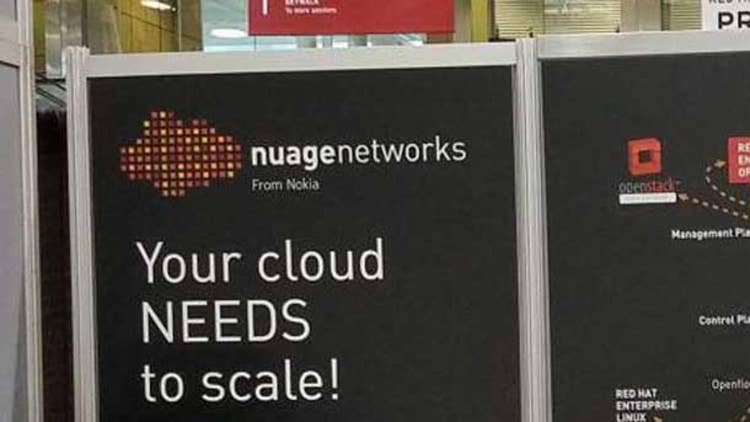
Niche Player: Nuage Networks
Sitting squarely in the Niche Player quadrant, Nuage, which is owned by Nokia, has a number of WAN edge capabilities including provisioning, control, management and automation. Its offering is Nuage’s Virtualized Network Services (VNS), which includes X series and E series gateways managed by the Nuage Networks Virtualized Services Platform (VSP) controller.
The Mountain View, Calif.-based company‘s SD-WAN products are available through service provider partners of all sizes globally. Gartner expects Nuage to make future investments in SD-LAN and end-user access management, 5G access, and multicloud connectivity and management.
Nuage has limited application performance optimization capabilities, with no SaaS optimization functionality, Gartner warns.

Niche Player: Riverbed
Privately owned Riverbed this year once again landed in the Niche Player quadrant with its two offerings: The primary product is SteelConnect EX (with integrated Versa VOS, which is based on a partnership with Versa Networks). It includes the edge appliance hardware and orchestrator, and its SteelConnect CX offering.
The vendor comes to the SD-WAN market with extensive experience in the WAN space. Its features include WAN optimization, network performance monitoring and diagnostic, and client-based acceleration that can improve performance for work-from-anywhere users and SaaS acceleration offered as a service.
However, Riverbed still OEMs Versa‘s VOS product, which limits Riverbed’s control of the product development. Riverbed has lost traction in its go-to-market channels, due to its product challenges in recent years, according to Gartner.
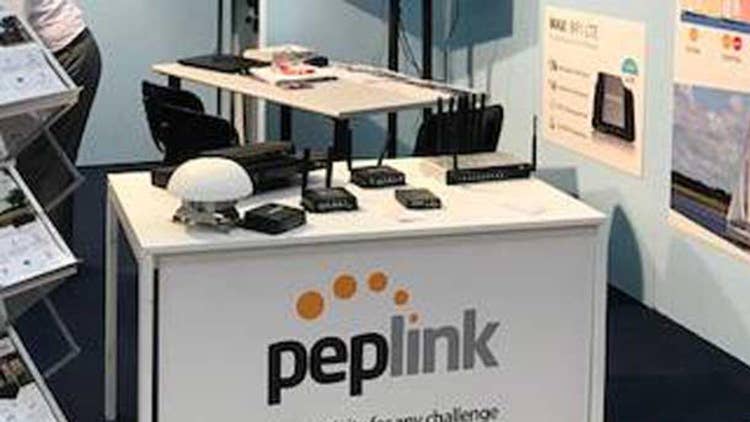
Niche Player: Peplink
Peplink, a small, Hong Kong-based vendor, is coming to the market with a variety of WAN products including its Balance and Max ruggedized appliances, which deliver wired and wireless SD-WAN.
Peplink, a SMB-focused player, offers a solid, LTE/5G, wireless-focused SD-WAN offering and products suitable for specific industry use cases, such as transportation, public safety and broadcasting. The company is leaning heavily on its limited channel partnerships at all levels of the sales and support cycle, Gartner said.
However, Peplink‘s products lack capabilities in many areas, including security and application performance management with basic SD-WAN capabilities, and limited application recognition and failover criteria, Gartner said.
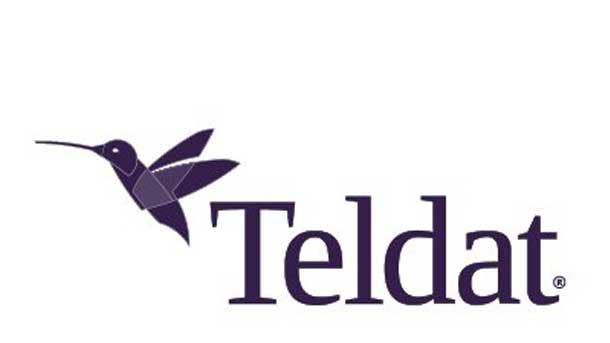
Niche Player: Teldat
Hailing from Spain, privately held communications vendor Teldat goes to market with its primary SD-WAN product -- the Teldat M8Smart -- along with Cloud Net Manager, CNM Provisioner, CNM Controller and CNM Visualizer. The company has a focused presence in Europe and LATAM.
Teldat has successfully deployed large-scale WANs but it is increasingly focused on competitively priced solutions for midsized customers, Gartner said. The company goes to market primarily through carriers and MSPs.
Teldat has limited experience with enterprises that take a do-it-yourself approach, and has limited capabilities in application performance optimization, cloud features and security features, Gartner said.

Visionary: HPE (Aruba Networks)
Aruba, a Hewlett Packard Enterprise company, moved from the Niche Player quadrant to the visionary square this year thanks to its offering, Aruba SD-Branch, which includes the Aruba Central Cloud Platform, Aruba Branch/Headend Gateways, Aruba Virtual Gateways, ClearPass Policy Manager and ClearPass Device Insight.
HPE Aruba is focused on distributed enterprises ranging from large enterprise to smaller networks, Gartner expects Aruba to make future investments in its Intelligent Edge strategy, small form factors for teleworkers and its HPE GreenLake service, which offers new consumption models.
Gartner warns that HPE Aruba is not as well-known in the WAN domain. However, the company‘s market presence and ranking is set to change on next year’s report since the company closed on its acquisition of market leader Silver Peak this month.
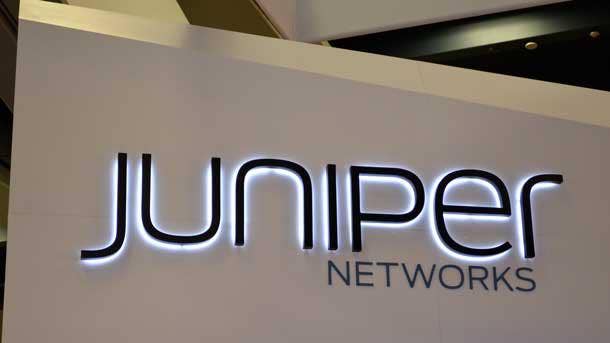
Visionary: Juniper Networks
Sunnyvale, Calif.-based Juniper networks was late to the SD-WAN market, but the established networking and security provider today provides Juniper SD-WAN, its flagship WAN edge offering that is made up of its SRX Series Services Gateways—physical, virtual and cloud—and Contrail Service Orchestration. The company is increasingly focused on integrating its Mist Marvis AI/ML engine to simplify Day 2 operations.
Gartner said that Niche Player of two years, Juniper, has a solid SD-branch solution that appeals to small footprint locations. The company still lacks cloud feature capabilities to simplify branch sites connecting to cloud workloads and has limited application performance optimization capabilities.